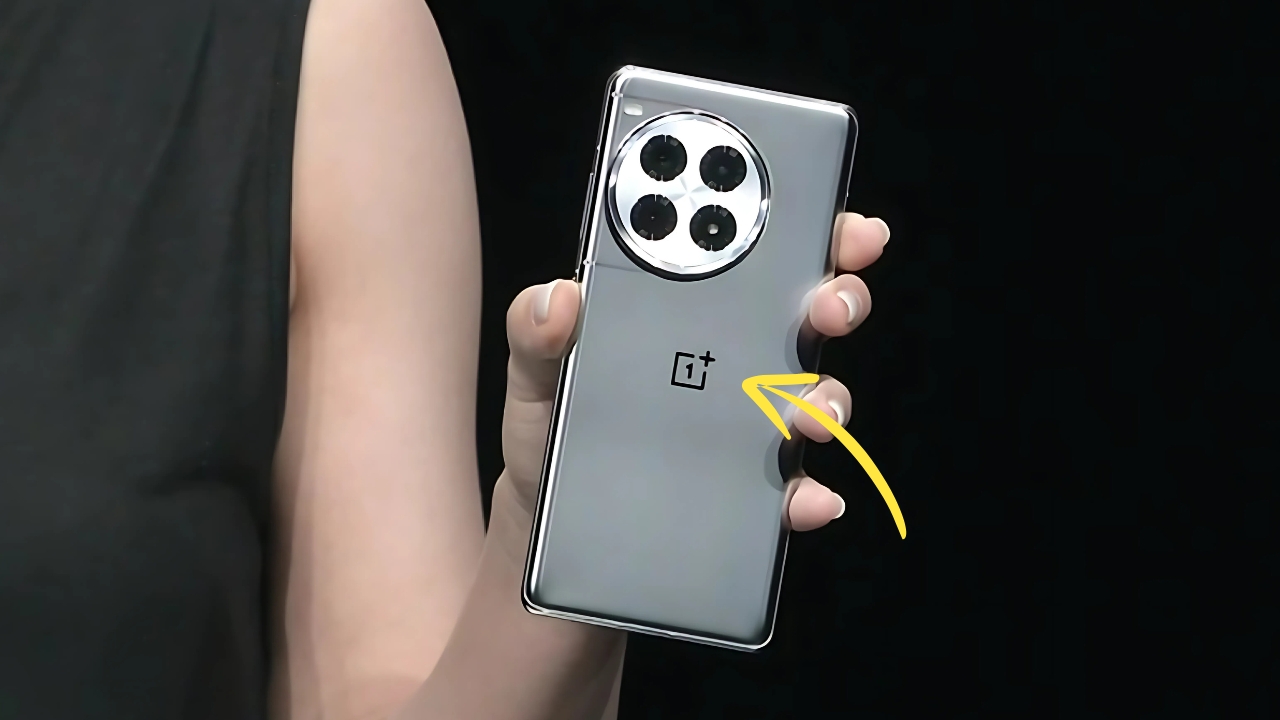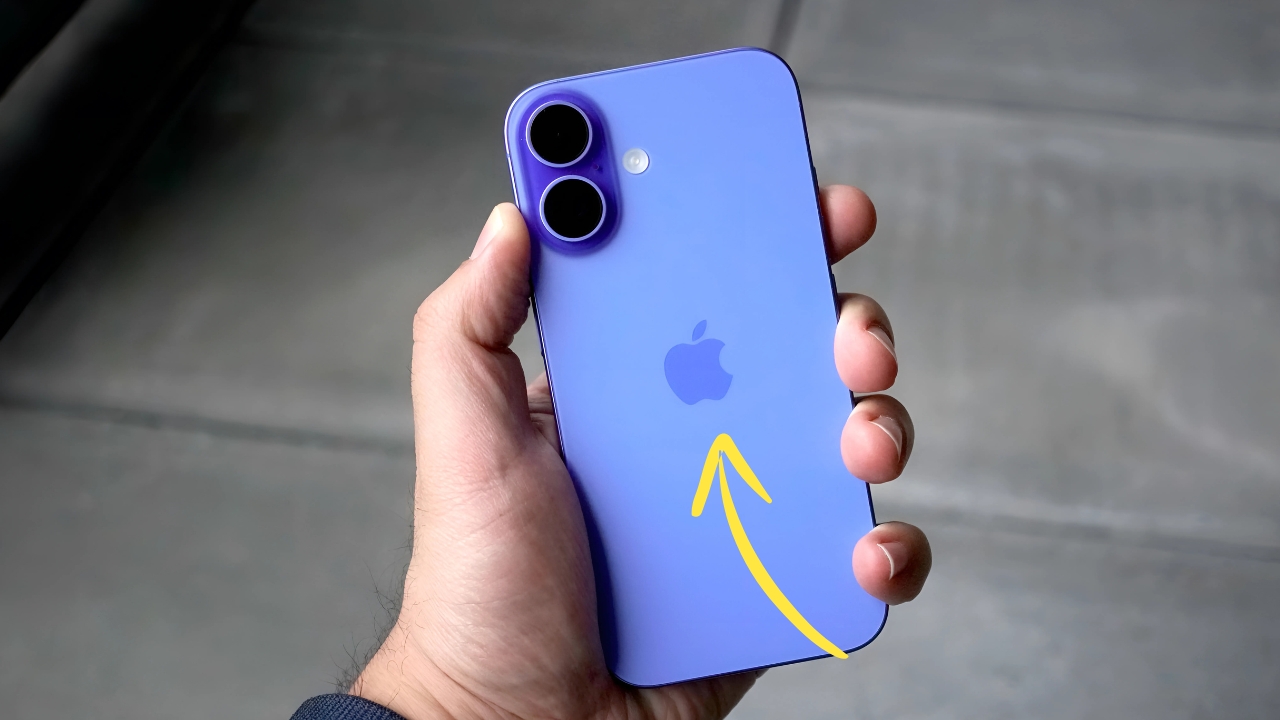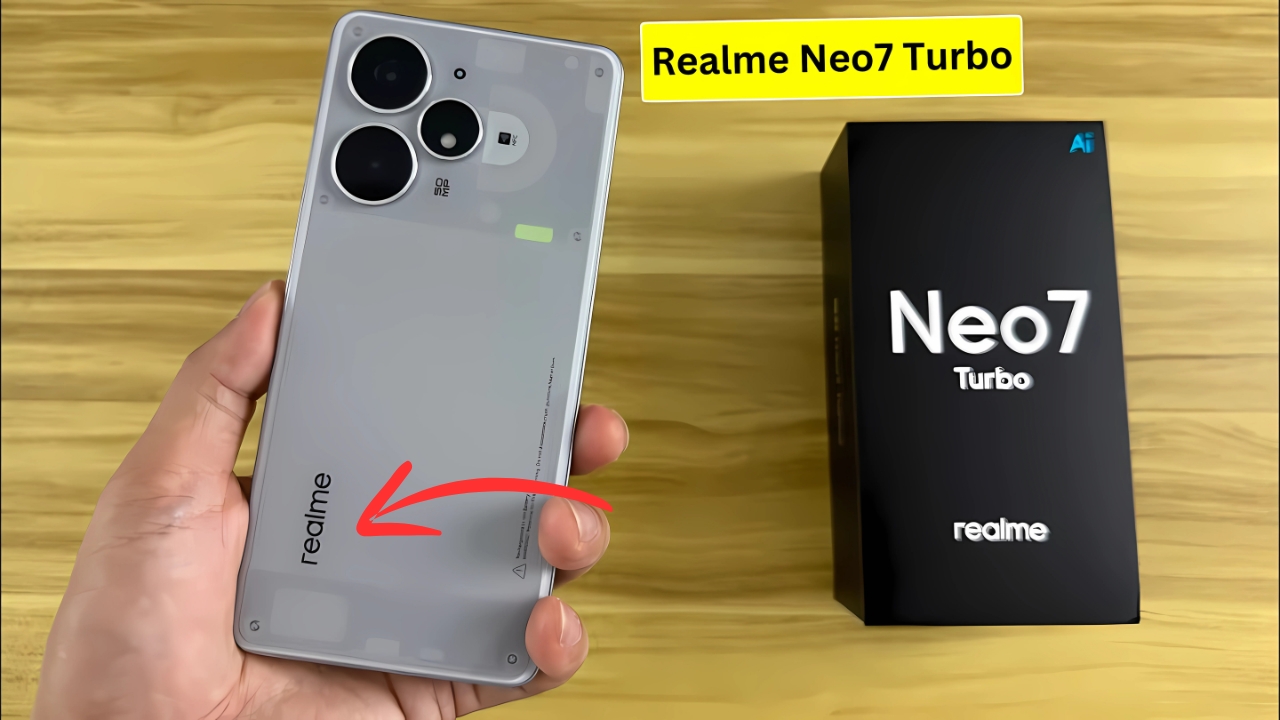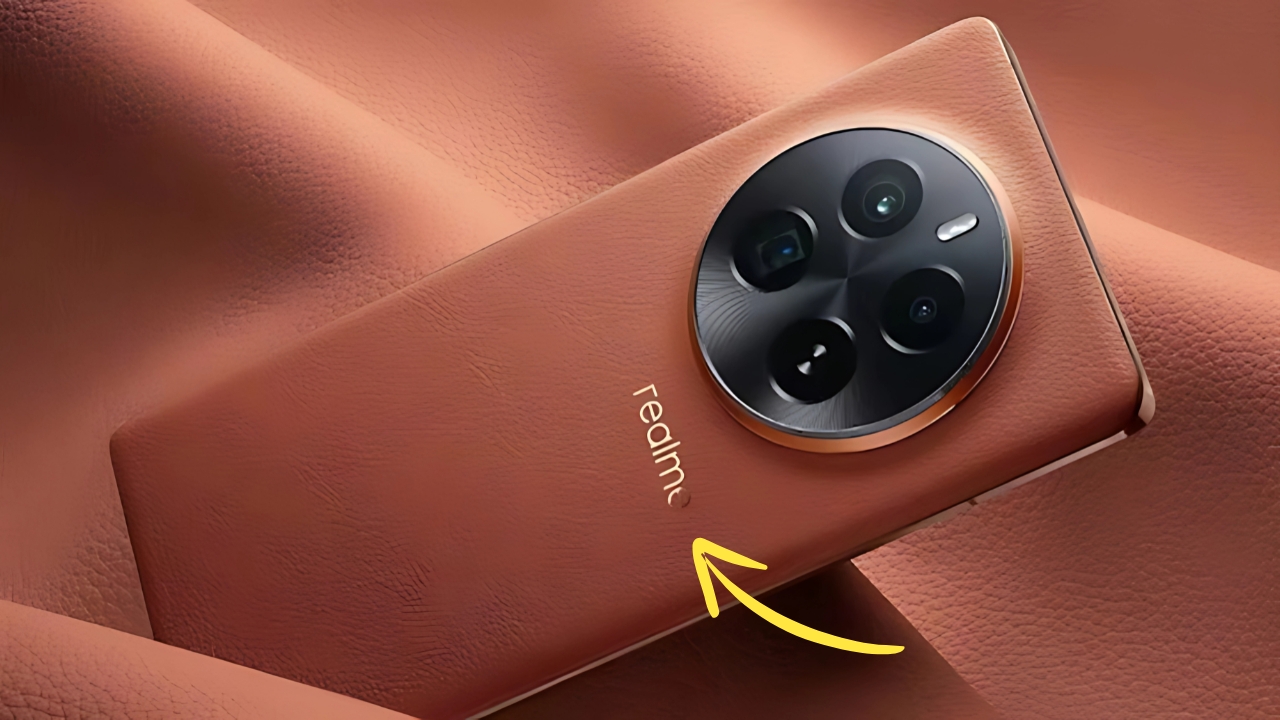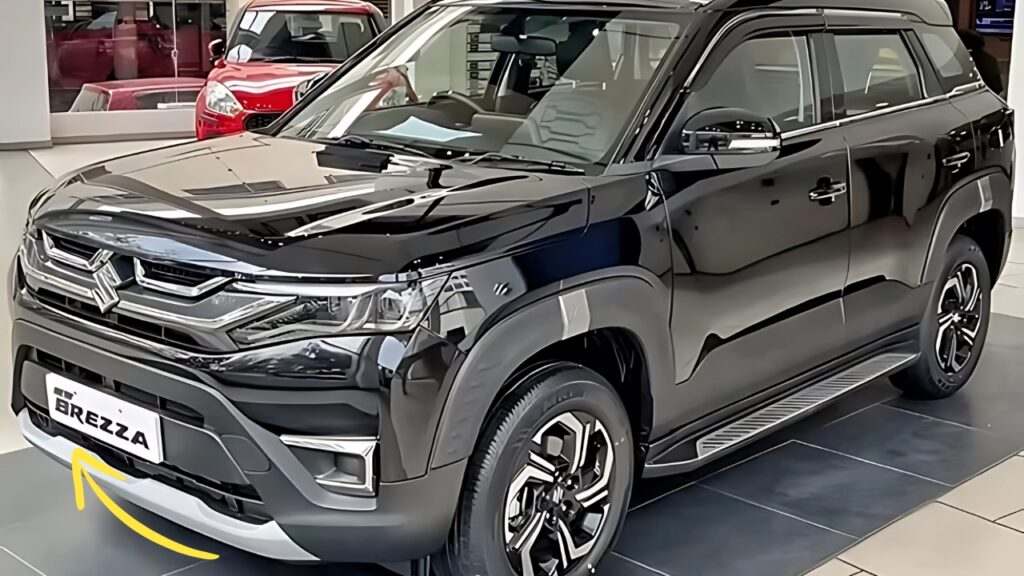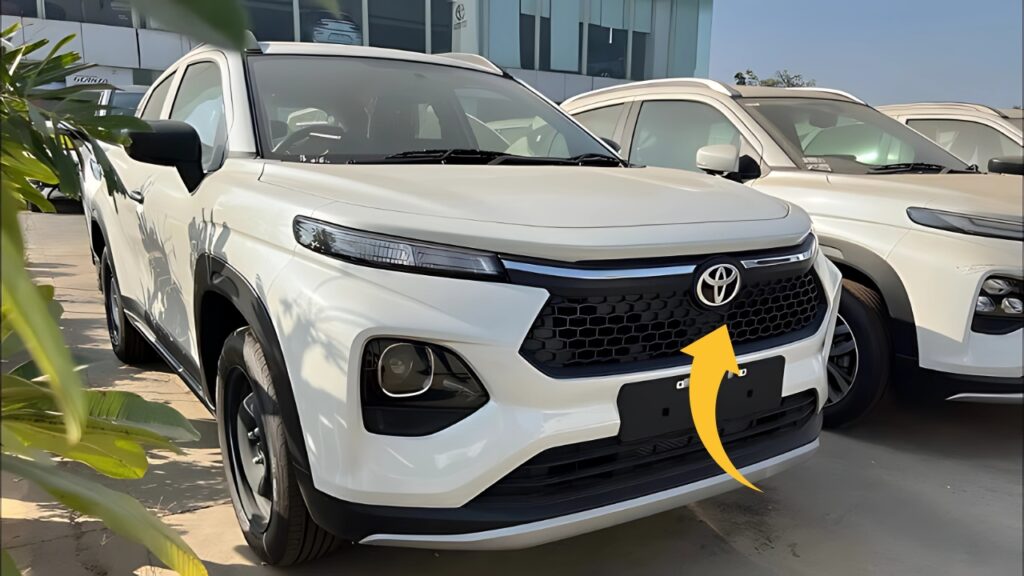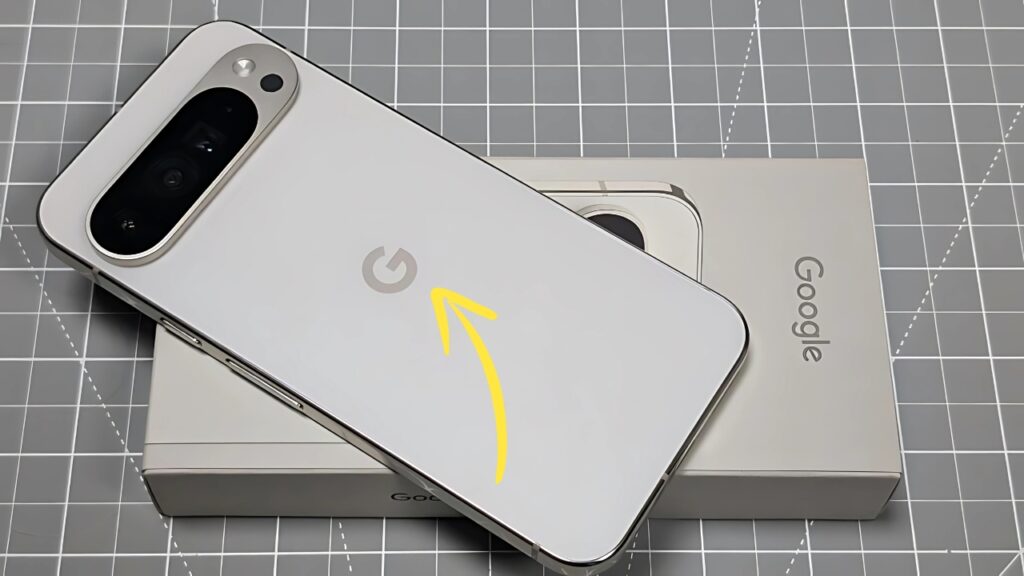OnePlus Ace 3: The OnePlus Ace 3 represents a significant evolution in the company’s product strategy, establishing a distinct performance-focused identity within their expanding portfolio.
This meticulously crafted device balances flagship-grade specifications with thoughtful optimizations that maintain accessibility, creating a compelling proposition for technology enthusiasts seeking maximum capabilities without premium pricing.
OnePlus Ace 3: Strategic Positioning
The Ace 3 occupies a carefully calibrated position in OnePlus’s lineup, sitting between the Nord series and flagship numbered devices.
This strategic placement targets performance-oriented users who prioritize processing power, display quality, and charging speed while accepting measured compromises in camera capabilities and construction materials.
What distinguishes the Ace 3 in this competitive marketplace is its laser focus on delivering an exceptional core experience through carefully selected components that maximize tangible benefits while avoiding specification excesses that inflate costs without proportional user experience improvements.
Design Philosophy
The Ace 3’s exterior design balances visual appeal with practical considerations:
Slim profile (8.7mm) despite housing substantial battery capacity
Glass front and back with polymer frame reducing weight while maintaining premium feel
Flat display with minimal bezels maximizing usable screen area
Multiple colorways including Moonlit Purple, Nebula Green, and Titanium Gray
Alert slider maintained as distinctive OnePlus signature feature
Distinctive camera module with contrasting finish emphasizing imaging capabilities
These elements create a device that feels refined without unnecessary embellishments—a design approach that aligns with the Ace series’ performance-focused positioning.
Display Excellence
The Ace 3 features an exceptional display implementation that defines its user experience:
6.74-inch 1.5K AMOLED with 2772 × 1240 resolution
120Hz adaptive refresh rate with LTPO 4.0 technology
2160Hz instant touch sampling rate for gaming responsiveness
1600 nits peak brightness with HDR10+ certification
100% P3 color gamut coverage with 10-bit color depth
Gorilla Glass Victus 2 protection enhancing durability
The implementation of LTPO technology enables dynamic refresh rate adjustment between 1Hz and 120Hz based on content requirements, balancing visual fluidity with power efficiency.
The high-frequency touch sampling particularly benefits competitive gaming scenarios where millisecond response advantages matter.
Performance Hardware
Under the hood, the Ace 3 houses flagship-grade silicon with thoughtful optimizations:
| Component | Specification |
|---|---|
| Processor | Qualcomm Snapdragon 8 Gen 2 |
| CPU Configuration | 1×3.2GHz Cortex-X3 + 4×2.8GHz Cortex-A715 + 3×2.0GHz Cortex-A510 |
| Manufacturing Process | TSMC 4nm |
| GPU | Adreno 740 |
| RAM | 12GB/16GB LPDDR5X |
| Storage | 256GB/512GB UFS 4.0 |
| Cooling System | Vapor Chamber (4,000mm²) with graphite sheets |
| Battery | 5,500mAh silicon carbon negative electrode |
| Charging | 100W SUPERVOOC (1-100% in 27 minutes) |
The cooling system deserves particular mention, with a vapor chamber area significantly larger than typical devices in this category, enabling sustained performance during demanding tasks like gaming or computational photography.
Camera System
The imaging system strikes a balance between capability and cost-effectiveness:
Primary: 50MP Sony IMX890, OIS, f/1.8 aperture
Ultra-wide: 8MP, 112° field of view, f/2.2 aperture
Macro: 2MP, f/2.4 aperture
Selfie: 16MP, f/2.4 aperture
While the auxiliary cameras make expected compromises for the price segment, the primary Sony sensor delivers impressive results across lighting conditions. Software features enhance the camera experience through:
ProXDR technology expanding dynamic range in challenging lighting
AI Night Mode combining multiple exposures for low-light enhancement
Portrait Mode 2.0 with improved subject separation algorithms
4K video recording with electronic image stabilization
TurboRAW algorithm reducing processing time for complex HDR scenarios
These software implementations leverage the device’s processing capabilities to enhance imaging results beyond what hardware specifications alone might suggest.
Software Experience
The Ace 3 ships with ColorOS 14 (or OxygenOS 14 in global markets) based on Android 14, offering:
Refined interface with improved visual coherence
Enhanced privacy controls with permission management dashboard
AI-powered resource allocation enhancing system fluidity
Trinity Engine optimizing RAM, ROM, and CPU management
Gaming tools including frame stabilization and touch response enhancement
Extended software support promise with 4 years of updates
The software experience balances feature richness with performance optimization, acknowledging the device’s positioning as a performance-focused offering.
Additional Features
Beyond core specifications, the Ace 3 incorporates:
Dual stereo speakers with Dolby Atmos certification
Infrared remote control functionality for appliance control
Advanced haptic motor for refined tactile feedback
Wi-Fi 7 compatibility future-proofing connectivity
Bluetooth 5.3 with LHDC 5.0 high-definition audio codec
NFC capability with expanded functionality
These elements enhance the overall user experience while maintaining focus on the performance-oriented positioning that defines the Ace series.
OnePlus Ace 3:
The OnePlus Ace 3 exemplifies the increasingly sophisticated approach to smartphone development, where manufacturers must make thoughtful decisions about feature prioritization to deliver compelling value propositions.
By focusing on display quality, processing performance, and charging speed while making measured compromises elsewhere, OnePlus has created a device that delivers exceptional value for technology enthusiasts.
For consumers seeking maximum performance within reasonable budget constraints, the Ace 3 presents a compelling option that reinforces OnePlus’s reputation for delivering flagship-grade experiences without premium pricing.
